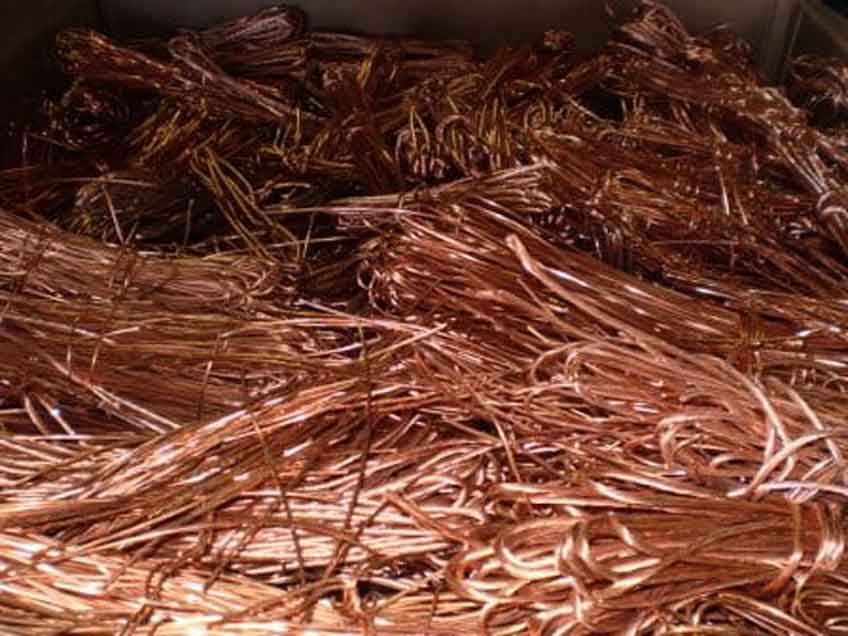Thanks to its beautiful aesthetic than often mimics the look of gold, brass is frequently used as a decorative metal for common household items such as locks and doorknobs, bath fittings and pipes, and even watches and clocks. But it’s more than just easy on the eyes. It’s also a very durable material, commonly used for more utilitarian purposes such as in the construction of faucets and plumbing fittings. If you’ve got leftover brass scraps at home, you can get rid of them to clear out some room, while also making some money for it! But you’ll get better value if you properly clean your scrap brass before you visit a local scrap metal recycler—here’s how.
What Are the Different Types of Brass?
Brass recycling is a pretty technical process, considering the nature of the alloy it contains. Still, it’s much more efficient—and eco-friendly—than manufacturing new brass unnecessarily. To get the most value from your brass, you’ll need to know the different types of brass, including:
- Chrome brass. Most commonly found in your kitchen or bathroom sink, chrome brass is known for its shiny aesthetic, which acts as a barrier against rust or corrosion from water. Your faucets are usually covered with a silver plating exterior, but the faucet itself is composed of brass. Helpful hint: if you scratch it with a magnet and see yellow underneath, you’ll know for sure it’s brass.
- Yellow brass. This is one of the most common scrap metals you’ll see. Yellow brass is most commonly found in the joints of plumbing fixtures and in the fixtures that connect or lead up to toilets and sinks. It can also be found in bed frames or light fixtures.
- Red brass. The reddish color of this type of brass is due to its high concentration of copper, which makes it more valuable than other brass types. Red brass is often used in mechanical parts such as valves, sprinklers and components in various pumps.
Clean Your Scrap Metal Before You Visit a Metal Recycler
If you want to be paid the full value for your metal, it’s important to make sure that it’s as clean as possible before you take it in. You’ll want to make sure that your scraps are free of any non-brass contaminants such as plastics, steel, glass, wood or aluminum. Silver-colored coatings—much like the ones found on your sink and kitchen faucets—are extremely common and shouldn’t contribute to your brass being less than clean. Rather, you’ll know your brass is dirty if you see contaminants such as oil, paint and other metals intact.
No more Google searching for “brass recycling near me.” Gardner Metals is a family owned and operated Austin recycling center that has been recycling metals for the Austin community for 50 years. We’ll give you the best brass prices on the market and pay you on the spot for all brass types, including red, yellow and chrome/plumbing brass. Contact us and we’ll be happy to help you out with all your scrap metal recycling needs!

